Your Towels Feel Like Sandpaper, Don’t They? Here’s the Real Fix.
For years, I was in the textile trenches—running laundry for boutique inns, saving delicate vintage pieces, and showing new apprentices what truly clean fabric feels like. And for a while, I used the same commercial fabric softeners everyone else did. The bottles promised clouds and fresh streams, and hey, they seemed to work. But then I started noticing things.
In this article
Towels, even the expensive ones, were becoming weirdly water-repellent. Whites were getting this stubborn, dingy cast. And athletic gear? It held onto smells like a grudge. The issue wasn’t the wash; it was the so-called ‘softening’ process.
It turns out, most of those store-bought softeners work by slathering your clothes in a thin film of chemicals, often silicone or fatty compounds. This coating feels slick, which our brains register as ‘soft’. But that same layer also builds up, trapping dirt, grime, and leftover detergent. It literally waterproofs your towels and clogs up the sensitive inner workings of your washing machine. After seeing that gunk firsthand, I knew I had to find a better way. This isn’t just about being ‘green’—it’s about getting your fabrics genuinely clean and making them last longer.
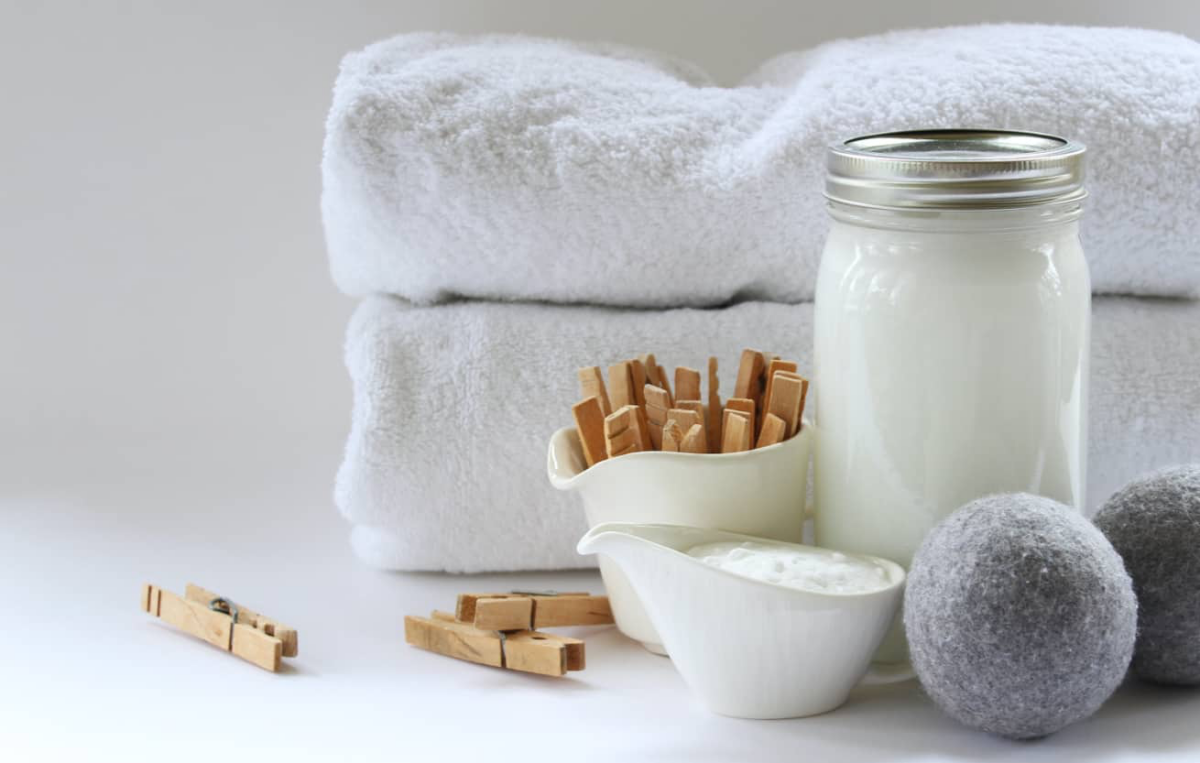
First, Let’s Get Your Shopping List (It’s Short and Cheap)
My laundry room isn’t filled with fancy potions. It’s got a few simple, powerful workhorses. Here’s what you’ll need to switch over, and what it’ll likely cost you:
- Distilled White Vinegar (1 Gallon): You’ll find this at any grocery store for about $3 to $5. An absolute game-changer.
- Baking Soda (4lb Box): Another grocery store staple, usually running $2 to $4.
- Wool Dryer Balls (6-pack): This is a one-time purchase. Good quality sets cost between $15 and $25 online or at stores like HomeGoods.
When you think about a big bottle of commercial softener costing $12 or more for a limited number of loads, you can see how this switch pays for itself almost immediately. And the best part? These ingredients actually fix the problem instead of just covering it up.
So, Why Are Your Clothes Stiff in the First Place?
Before we can fix the problem, you have to know what’s causing it. It’s almost never the fabric’s fault. The two main culprits are detergent residue and hard water. That’s it.
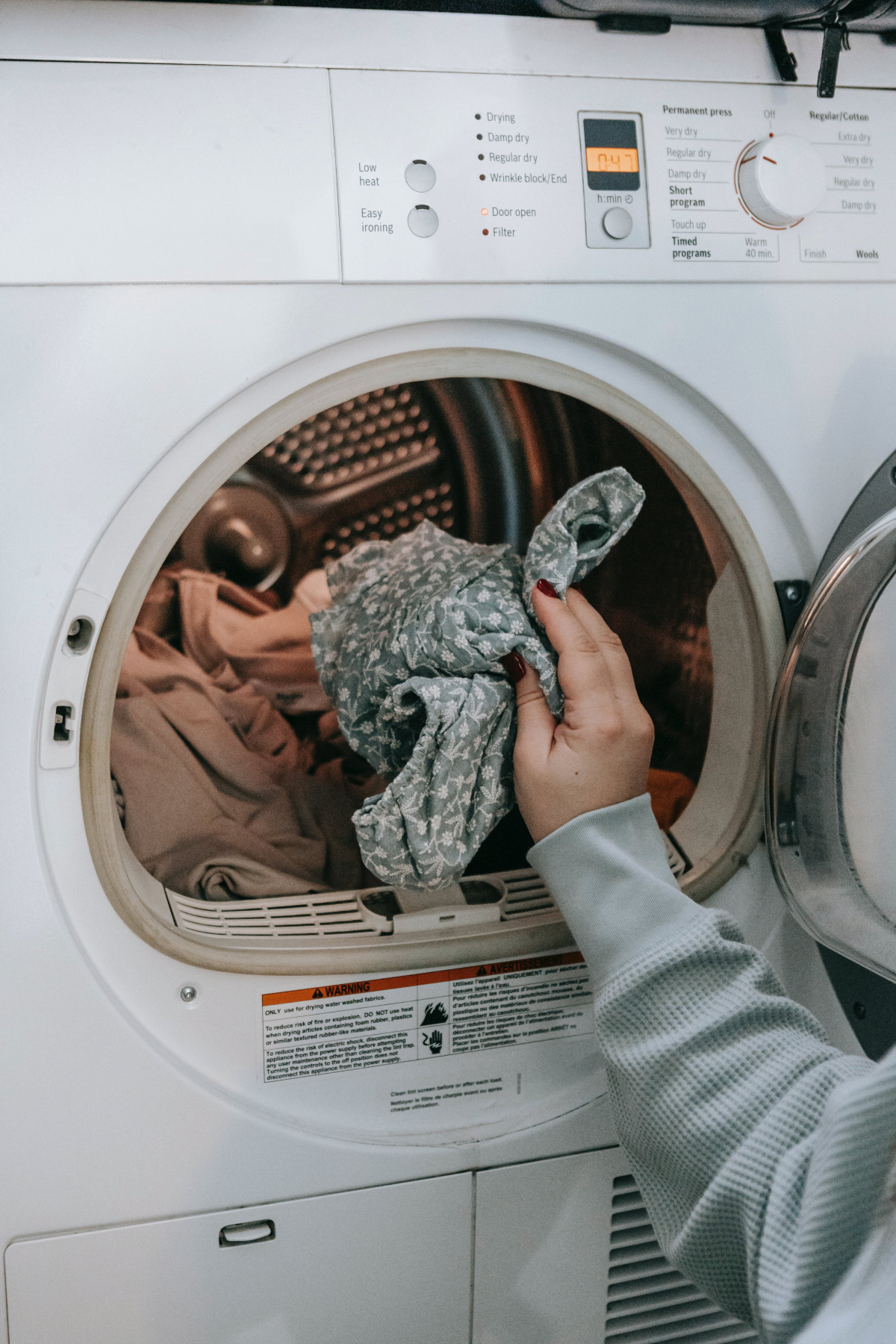
First up is detergent. We almost all use way too much. Modern detergents are incredibly concentrated, and your machine’s rinse cycle often can’t get it all out. The soapy film that’s left behind dries on the fibers, making them feel scratchy and stiff. This residue is alkaline, which is a key detail we’ll use to our advantage.
The second bad guy is hard water. If your faucets and showerhead get that chalky white buildup, you’ve got hard water. This means your water is full of minerals like calcium and magnesium. During the wash, these minerals latch onto your clothes, and over time, they turn soft cotton into something that feels like a doormat. This buildup also makes your detergent less effective, so you use more… and the cycle continues.
Commercial softeners don’t remove any of this stuff. They just pile another layer on top. My approach is different. We’re going to strip all that junk away.
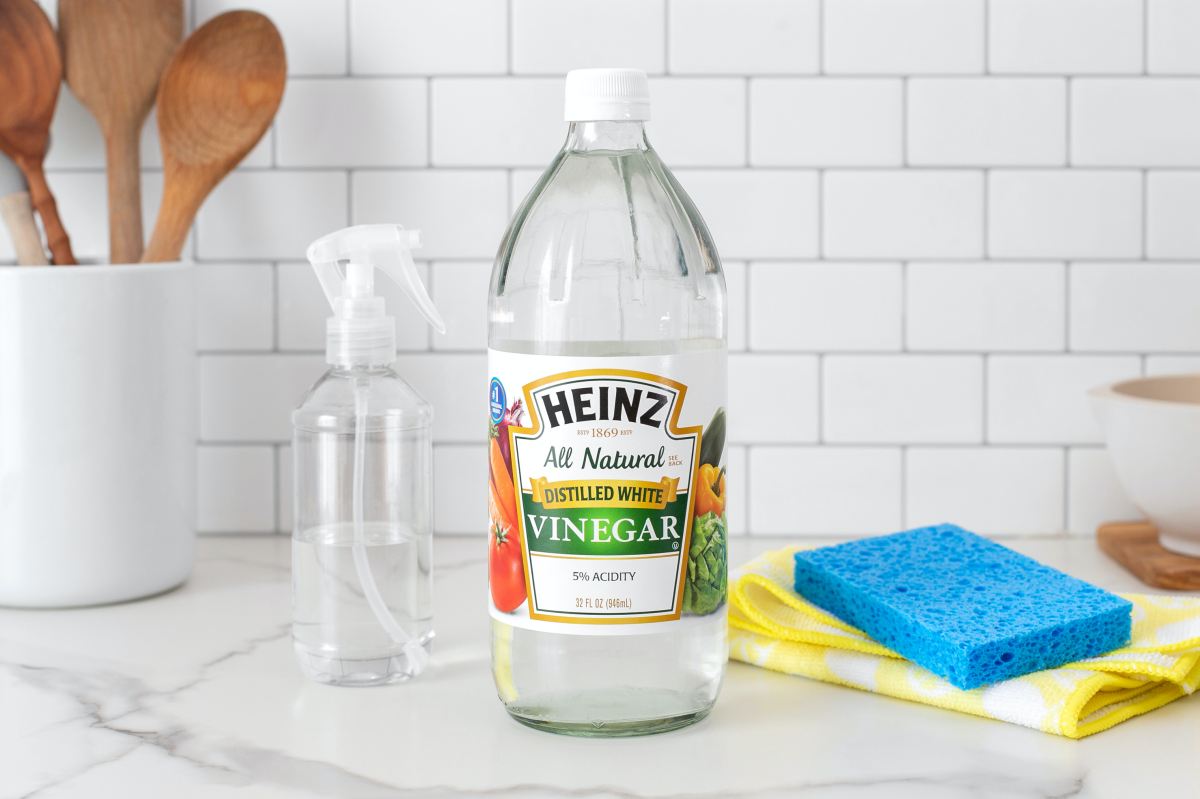
The Pro’s Toolkit: How to Use It Right
1. Distilled White Vinegar: The Residue Eraser
If you do only one thing from this guide, make it this. Distilled white vinegar is the MVP for tackling stiffness. It’s not a folk remedy; it’s just simple chemistry.
Remember how that soap residue is alkaline? Well, vinegar is a mild acid. When it’s released during the rinse cycle, it neutralizes the soap residue, breaking its grip on the fabric so it can finally be washed away. It also works wonders on hard water minerals, helping to dissolve them before they can settle in.
How to use it like a pro:
- Amount: Use 1/2 to 1 cup for a full, large load. Heads up for HE machines! Since high-efficiency washers use much less water, you can scale back to 1/4 or 1/2 cup. The goal is proper dilution.
- Type: Only ever use distilled white vinegar. The clear stuff. Apple cider vinegar has natural colors that can potentially stain your whites over time.
- Timing is Everything: Pour the vinegar into your machine’s fabric softener dispenser. It’s engineered to release its contents during the final rinse, which is exactly what you want. Adding it at the start of the wash just means it will get neutralized by the detergent and do nothing. For older top-loaders without a dispenser, you’ll have to add it manually once the machine starts its final rinse.
A common question is, “Will my laundry smell like a pickle?” Nope. I promise. The vinegar scent completely vanishes during the rinse and drying process, taking all the other funky smells with it. Your clothes are left smelling of… nothing. Just clean.
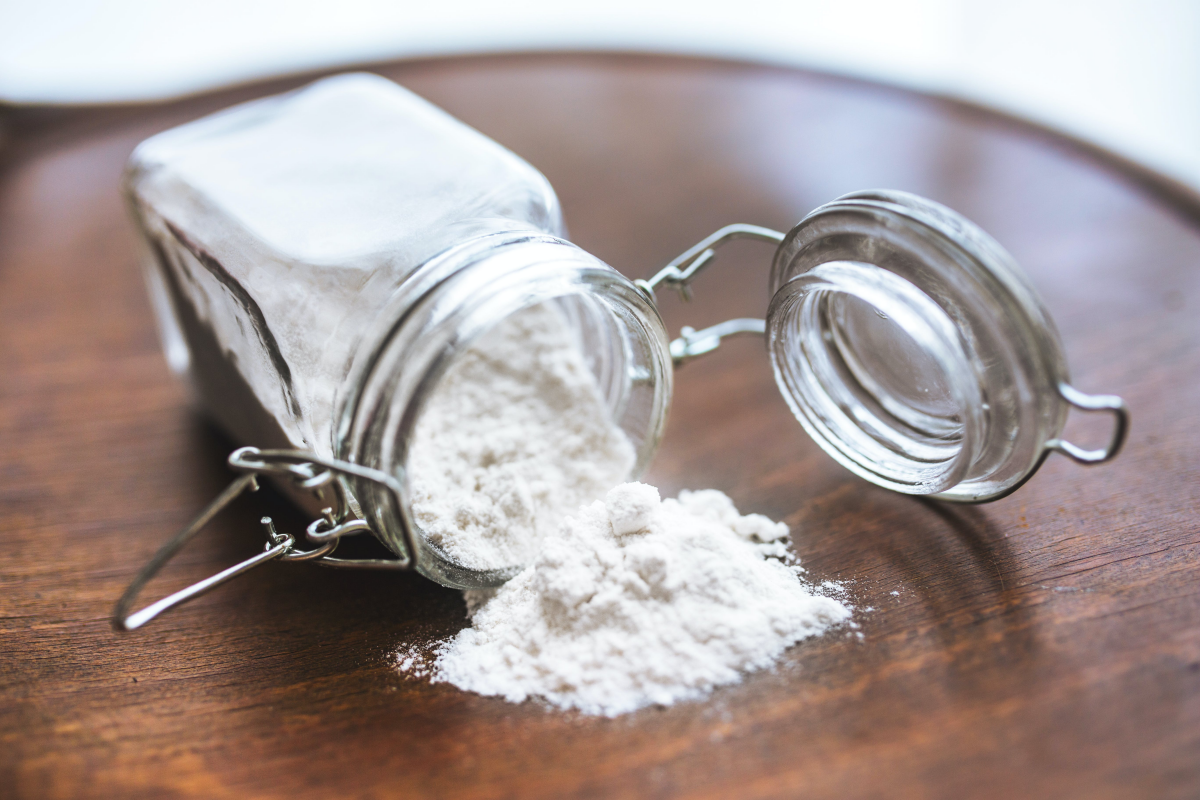
Oh, and don’t worry about it fading your darks. In the highly diluted rinse cycle, vinegar is far more likely to remove the dulling residue that’s masking your colors than it is to cause any fading.
A quick story: A client was about to toss a whole set of pricey towels because they were stiff and useless. We ran them through three hot wash cycles—no detergent, just one cup of vinegar in each rinse. The suds in that first wash from years of trapped detergent were just incredible. By the end, the towels were fluffy and absorbent again. It’s all about subtraction, not addition.
A SERIOUS safety note: Never, ever, ever mix vinegar with chlorine bleach. The combination creates toxic chlorine gas, which is incredibly dangerous. Keep them separate, always.
2. Baking Soda: The Deodorizer & Water Softener
Baking soda is your other best friend in the laundry room, and it works completely differently from vinegar. I use it to soften the water and to get rid of stubborn odors, especially in synthetic gym clothes.
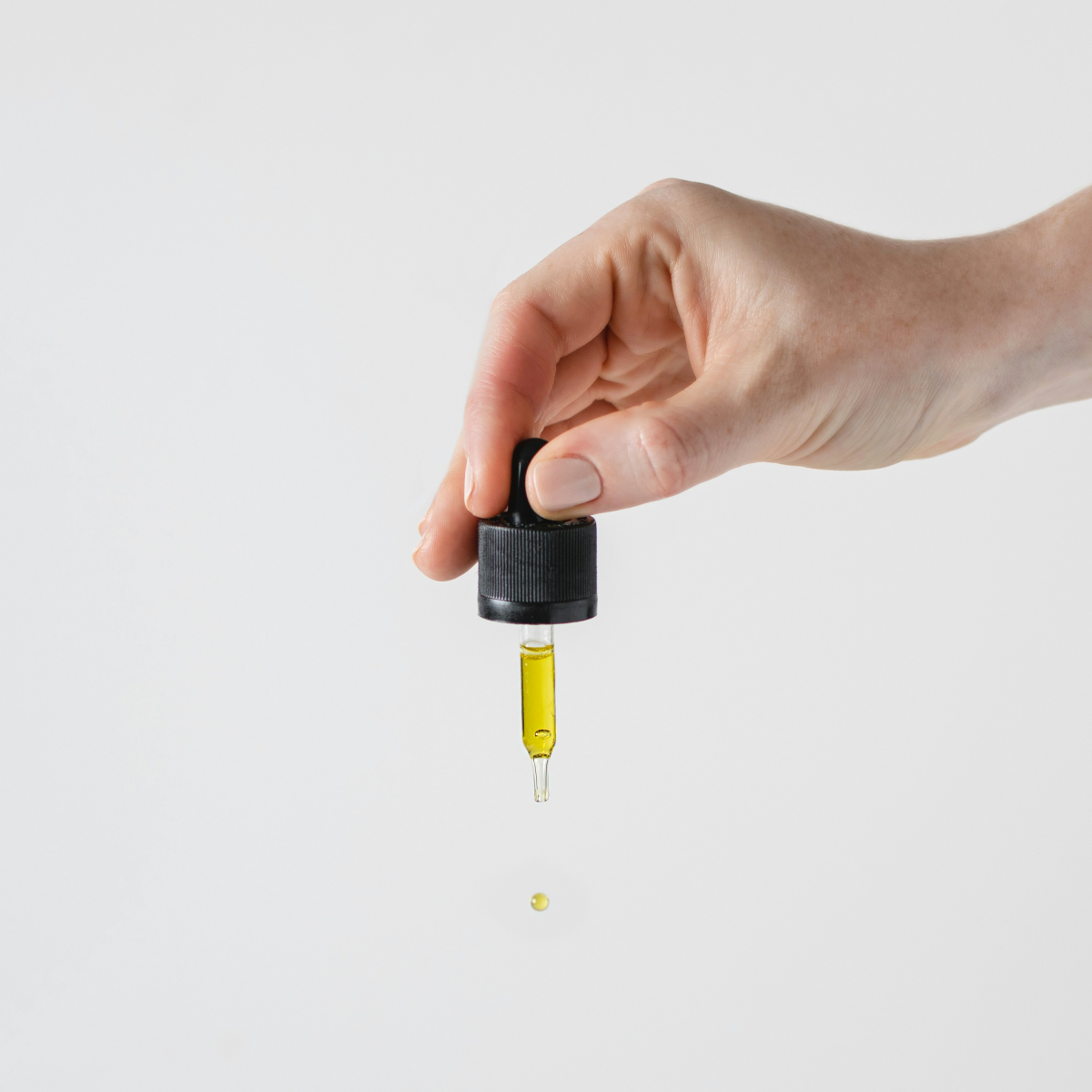
By being mildly alkaline, it helps suspend those hard water minerals, preventing them from clinging to your clothes. This lets your detergent do its job more effectively, so you can often get away with using less. It’s also a fantastic deodorizer that absorbs and neutralizes stinky, acidic odor molecules (like sweat).
How to use it:
- Amount: About 1/2 cup per full load is perfect.
- Placement: Add the baking soda directly into the washer drum before you put the clothes in. This lets it dissolve fully in the water as the machine fills. Don’t put it in the dispenser drawer, where it can clump up.
- Can you use both? Yes! Just not at the same time. Think of that science fair volcano. Use baking soda in the wash cycle (in the drum) to boost your detergent, and use vinegar in the rinse cycle (in the softener dispenser). They’ll do their jobs separately without canceling each other out.
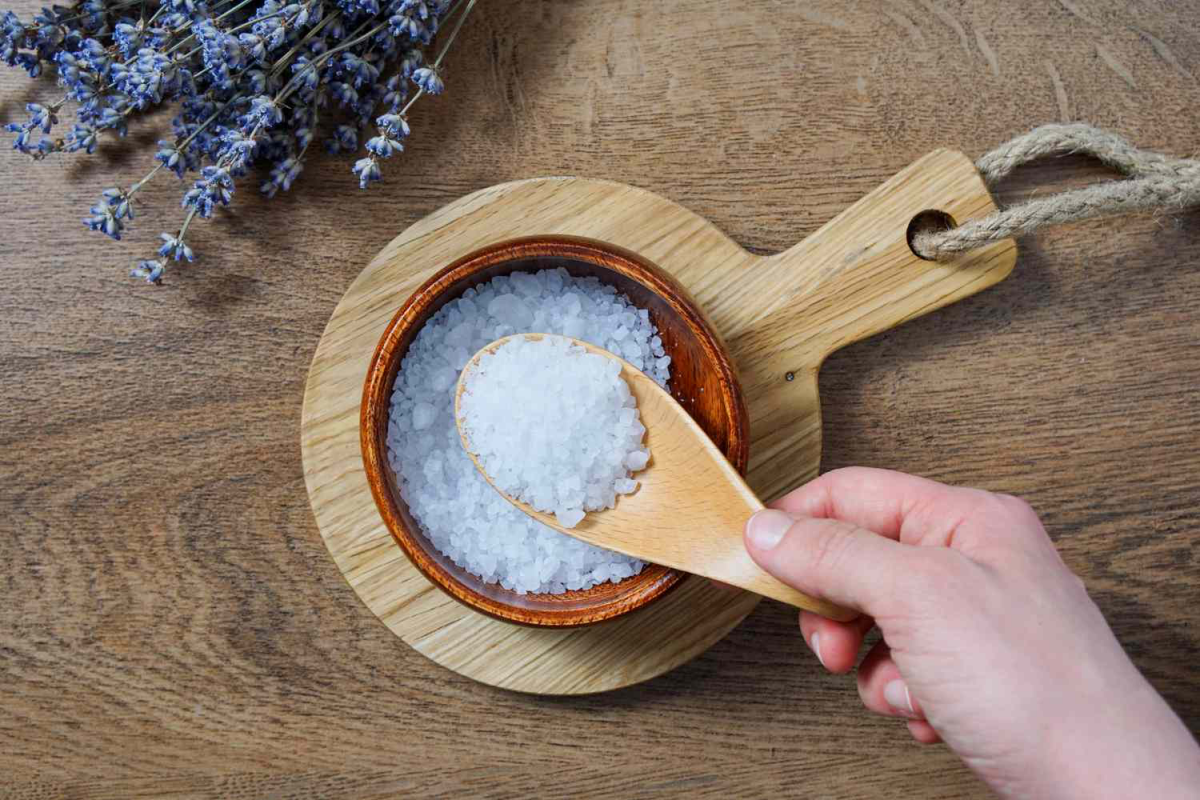
3. Wool Dryer Balls: The Mechanical Softener
Once you move to the dryer, these are your replacement for chemical-laden dryer sheets. They work through pure physics, and they’re awesome.
As they tumble, the wool balls lift and separate your clothes, allowing hot air to circulate way more efficiently. This can shorten drying time by up to 25%, which is a real energy saver you’ll see on your utility bill. That tumbling action also acts like a thousand tiny hammers, pummelling the fabric fibers until they’re soft and fluffy.
How to use them:
- Quantity is Key: Don’t be shy. Use at least 3-4 balls for a medium load, and 6 or more for bulky items like towels and bedding. More balls = more fluff.
- Miss the Scent? You can add a few drops of essential oil (lavender is lovely) to each ball. Let them sit for 20 minutes to absorb the oil before tossing them in. Pro tip: The scent lasts longer if you add the oils during the last 10 minutes of the cycle on a no-heat setting.
- Static Problems? If you get static, especially in dry winter air, just pin a small safety pin to one or two of the balls. The metal helps dissipate the static charge. It really works!
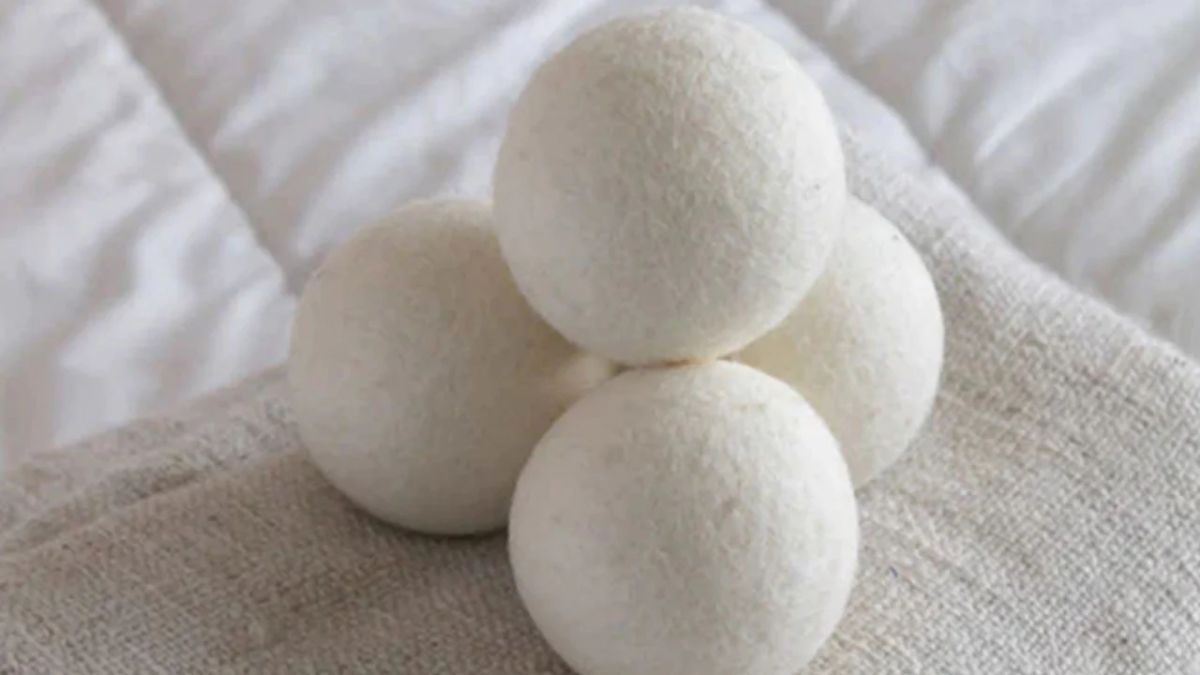
The Towel & Sheet Reset: A Recipe for Fluffy Again
If your linens are in really bad shape from years of hard water and softener buildup, it’s time for a deep clean. I call this the ‘fabric reset’. It’s incredibly effective.
1. The Vinegar Wash: Place your towels or sheets in the washing machine. Add one cup of distilled white vinegar directly to the drum. Run a full, hot wash cycle with NO detergent.
2. The Baking Soda Wash: Leave the items in the washer. Now, add one cup of baking soda to the drum. Run a second full, hot wash cycle, again with NO detergent.
3. Dry as Usual: Tumble dry everything with your wool dryer balls. You will be amazed at the difference. They’re back!
Let’s Be Honest: What Are You Giving Up?
When you switch, you are moving away from that slick, almost greasy feeling of a brand-new towel that’s been coated with chemicals. Instead, your fabrics will have a genuine, natural softness. Your towels will feel fluffy and, most importantly, incredibly thirsty. They’ll actually absorb water again.
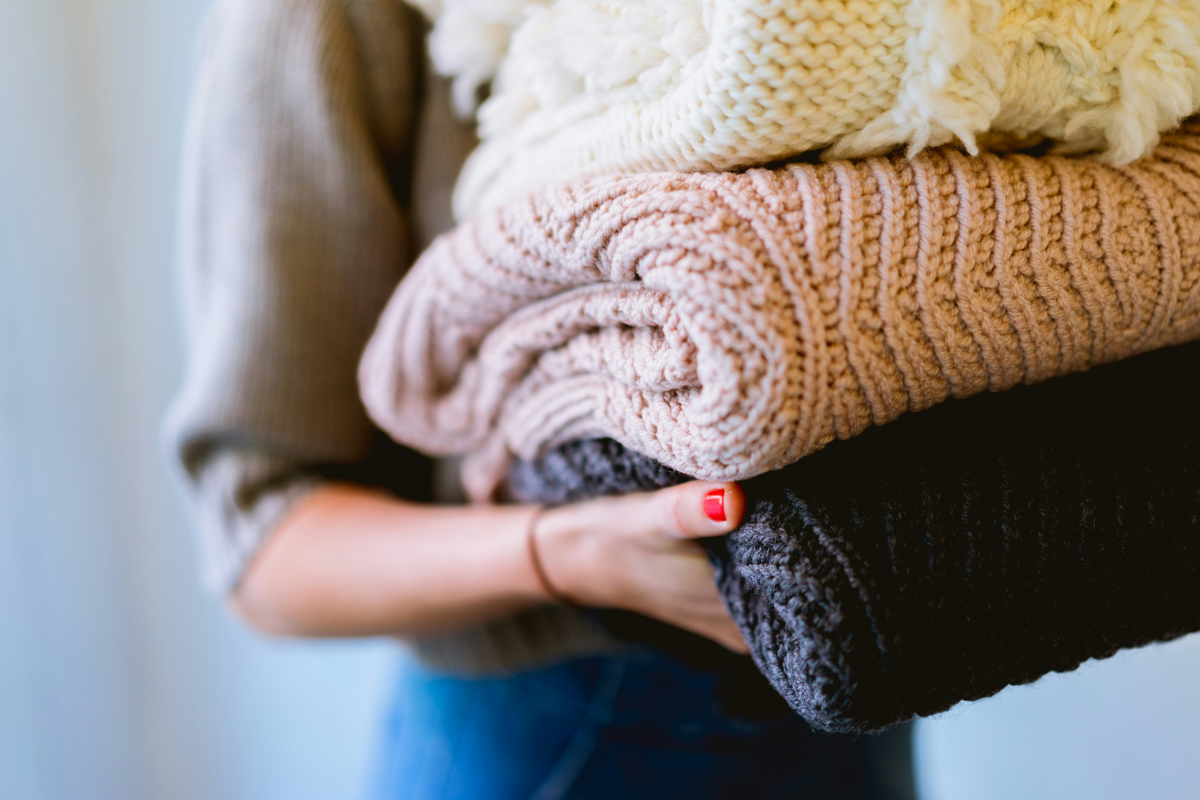
It can take a few washes to strip away all the old gunk, so be patient. The proof is in how your clothes feel against your skin and how well your towels do their job. You’re not just changing a product; you’re adopting a better way to care for your things. It’s a craft, and you’ve totally got this.
Galerie d’inspiration
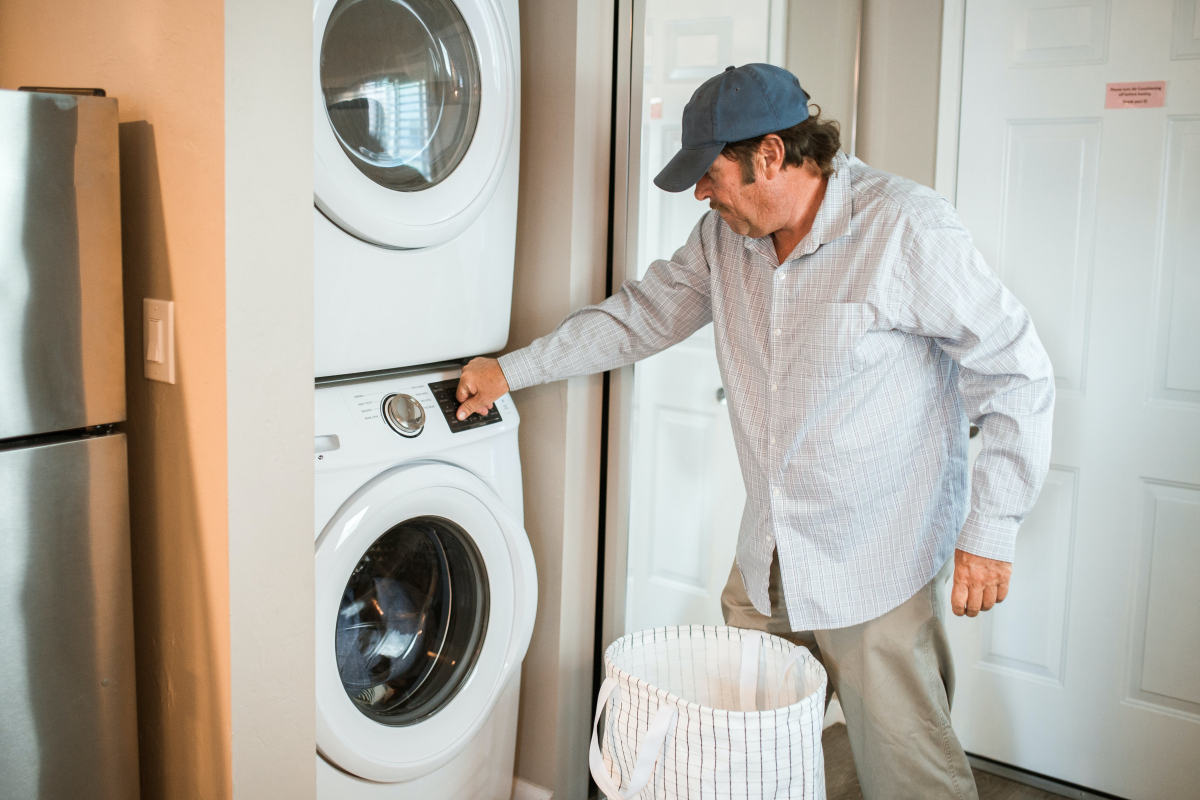
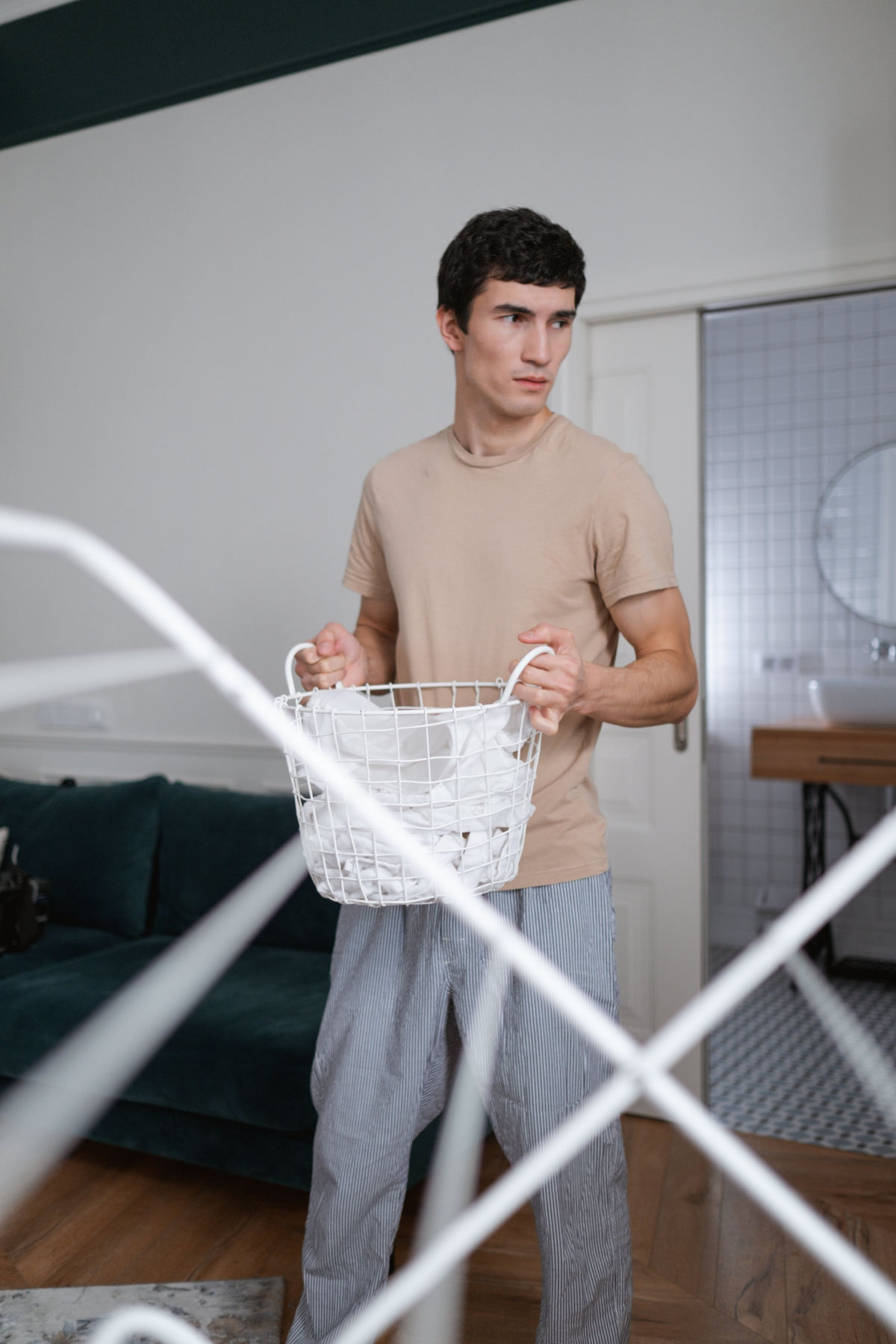
- Towels that actually absorb water.
- Clothes that rinse completely clean.
- A fresher, less musty-smelling washing machine.
The common mistake? Overloading the drum. It’s tempting to cram everything in, but fabrics need space to agitate and for water and detergent to circulate effectively. When they’re packed too tightly, soap residue gets trapped in the fibers, leading to that stiff, scratchy feeling. As a rule of thumb, never fill your machine more than three-quarters full. Your clothes (and your skin) will thank you.
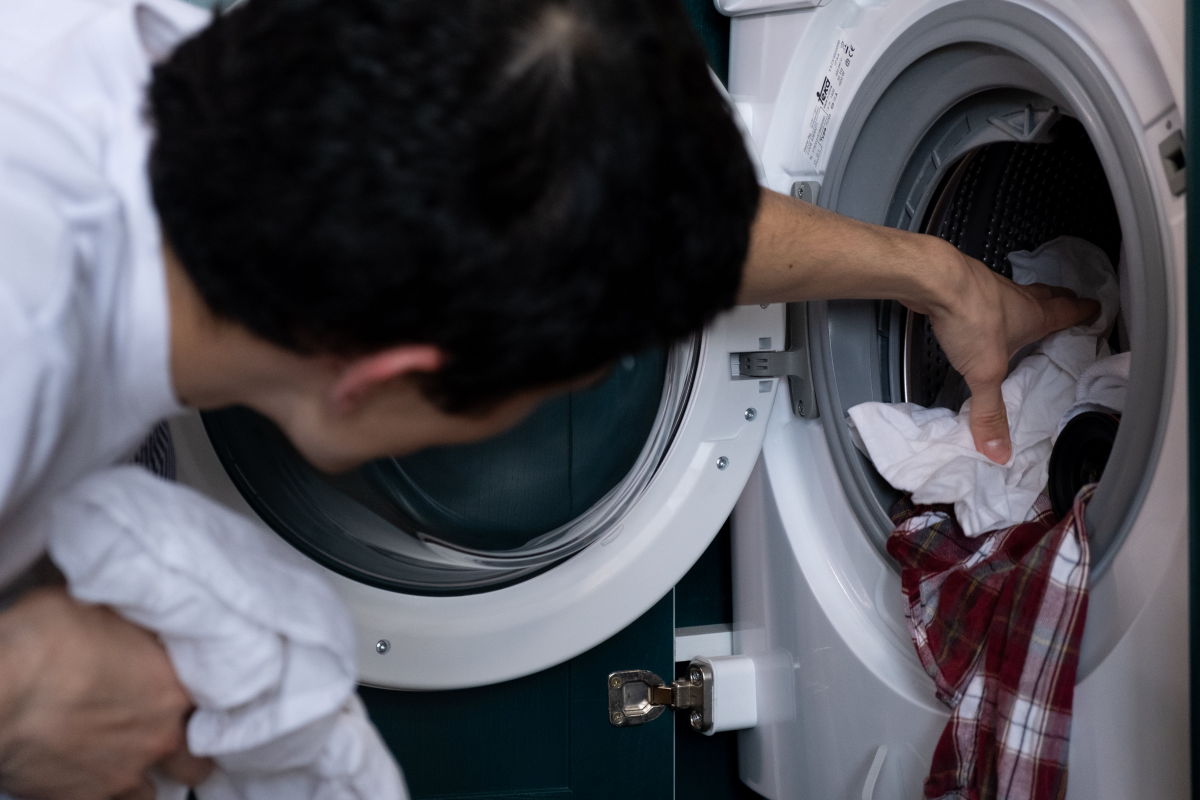
Wool Dryer Balls: Made from 100% natural, tightly felted wool. They absorb moisture, reduce static, and gently fluff fabrics. They are quiet, reusable for over 1,000 loads, and compostable at the end of their life.
Plastic/Rubber Dryer Balls: Often spiky, they work by physically beating against fabrics to soften them. They are durable but can be noisy and harsh on delicate items. They don’t absorb moisture and are a less sustainable petroleum-based product.
For a truly soft and eco-friendly result, wool is the clear winner.
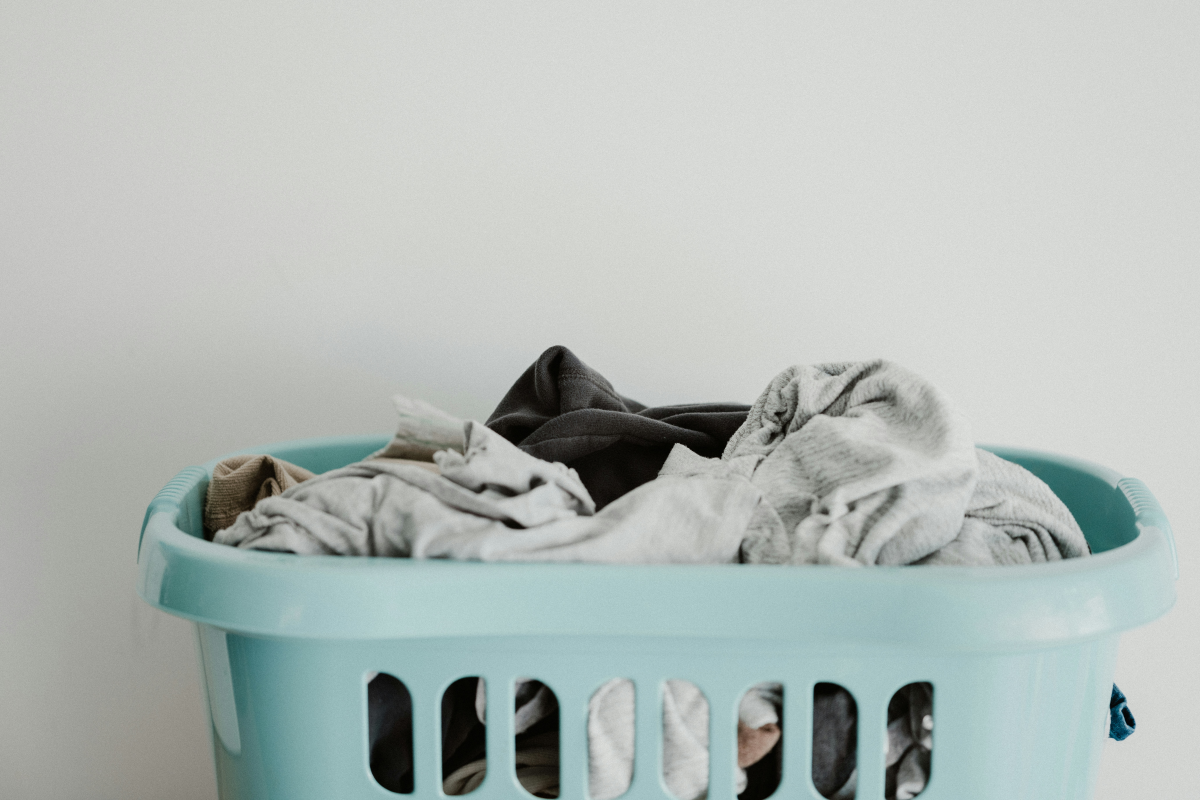
The waxy residue from liquid fabric softeners is a primary food source for mold and mildew inside your washing machine’s drum and hoses.
That slightly greasy film doesn’t just make your towels less absorbent; it creates the perfect breeding ground for smelly bacteria in the dark, damp parts of your machine. Switching to vinegar not only strips this buildup from your fabrics but also helps to clean and descale your appliance with every wash.
Missing the scent of your old softener?
You can naturally scent your laundry by adding essential oils to your wool dryer balls. Simply put 2-3 drops of a high-quality oil, like lavender or eucalyptus from a brand such as Plant Therapy, onto each ball. Let them dry for a few minutes before tossing them in with your load. One important tip: avoid dark-colored oils like vetiver or blue tansy, as they can potentially stain light fabrics.










